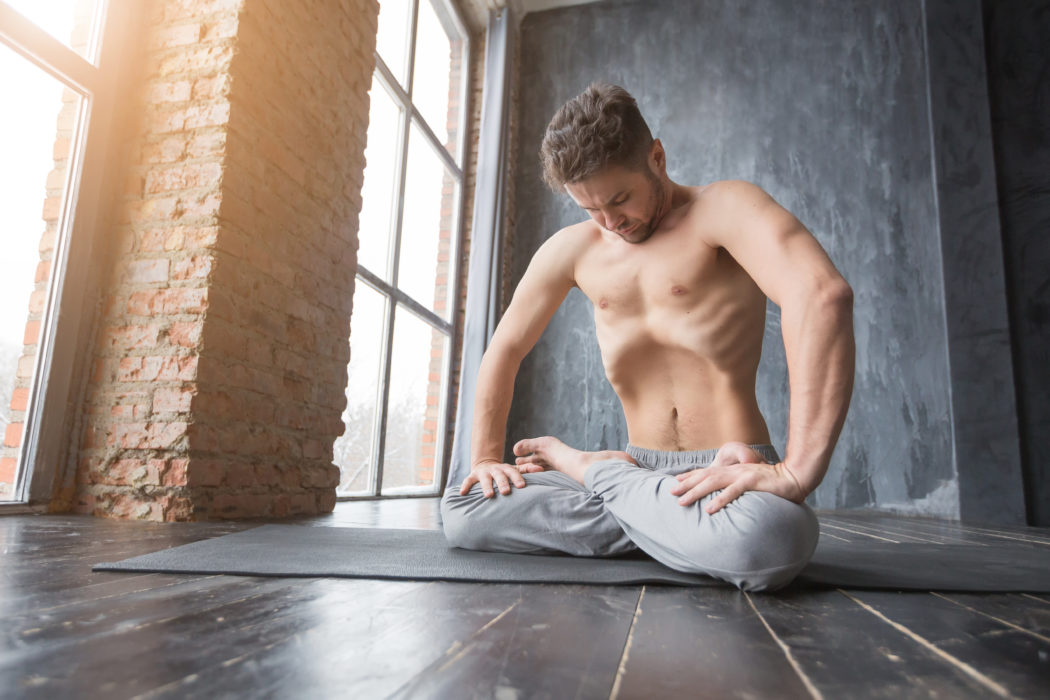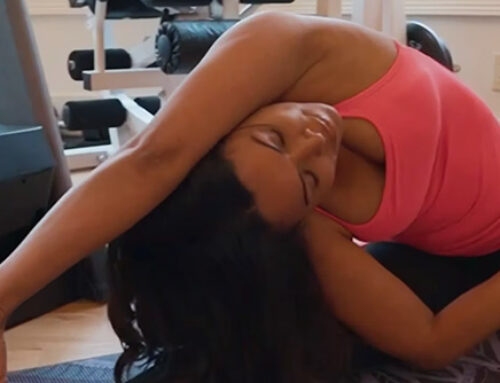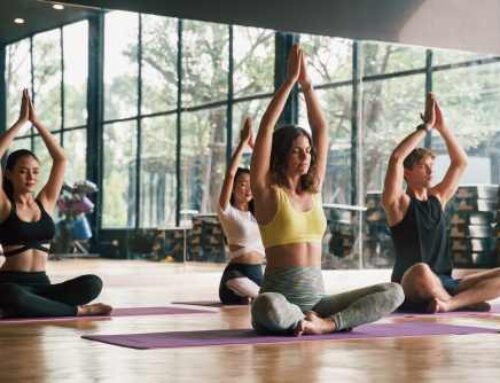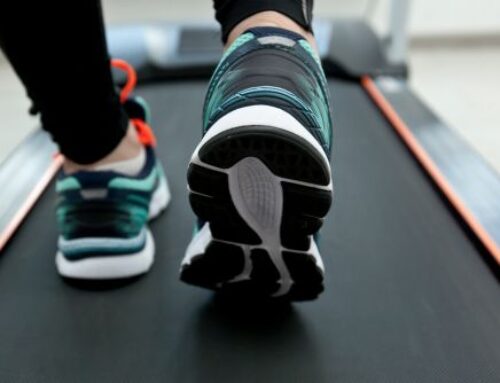Your diaphragm supports your breath – we know this! But healthy diaphragmatic breathing can do so much more than that. From digestive health to mental calm, the right breathing techniques can make you young again. That’s the centuries-old promise with the Upward Abdominal Lock or Uddiyana Bandha. People have practiced it regularly for centuries in the pursuit of youth.
Healthy breathing improves so many bodily functions that they may have achieved such youth, in a way! You’ll never know how beneficial regular diaphragmatic breathing through the Upward Abdominal Lock can be until you add it to your practice. Use this guide to learn about its benefits as well as how to perform the pose the right way.
Benefits of Upward Abdominal Lock
The strength of your abdominal muscles directly impacts the healthiness of your breath. Upward Abdominal Lock gives you that strength. It also opens your diaphragm and improves its function. Uddiyana Bandha stimulates energy in your lower abdominal and digestive tract, which benefits you in two ways.
The first is that the increased abdominal circulation aids your body in digestion, elimination, and detoxification. This is why Upward Abdominal Lock is well-known as a purifying pose, one that helps your body rid itself of problematic substances more effectively. At the same time, you activate the energy of your heart (we call this your Prana Vayu). This energy opens you up to a greater sense of calm. This along with the increased blood flow to your brain makes Upward Abdominal Lock a meditative, relaxing pose.
Your solar plexus, a nerve system in your abdomen, encourages healthy heart, liver, and adrenal function. You can massage it with Uddiyana Bandha, thus provoking your heart and lungs to function better. The combination of all these effects creates a system of energizing calm that can turn back the clock on your body’s functions. You may not literally get younger, but you might feel it.
How to Do the Pose
Upward Abdominal Lock looks scary at first. If you’re thin, you’ll be able to see your ribs as you compress your stomach cavity inward. Let me give you a few pointers before you start. Firstly, never try Uddiyana Bandha after you’ve eaten. Practice in the morning on an empty stomach. Also, never perform the compression before you inhale. Only do it after you exhale. Though demonstrations will show Uddiyana Bandha in a seated position, you may practice it standing to gain experience before performing the seated version.
Now that you’re ready to begin, this is a little awkward: there’s not one accepted way to learn Upward Abdominal Lock. Many teachers begin their students in this pose with their torso rounded completely forward and their knees bent. They then progress to performing the pose standing tall and then sitting.
The easiest to understand is to practice with the torso upright the whole time, or perhaps rounded forward before you enter the pose and then return to standing.
However, you choose to do it, begin Uddiyana Bandha by inhaling deeply and exhaling quickly. You want to “push” the air out as fast as possible through your nose. As you do so, contract your abdomen to push even more air out even more quickly. Relax them after each breath.
Next, expand your ribs and hollow out your abdomen as though you were taking a huge breath in, though you aren’t. This should produce a feeling of “lifting” in the abdominal muscles. Lock your throat as you do this.
Hold this position for up to 15 seconds but for at least 5. As you release, return to your normal breathing routine. Practice in the same or different positions for a few rounds of Uddiyana Bandha, or up to 10 times. Don’t overdo it! Make sure you breathe normally after each try.
The Takeaway
Upward Abdominal Lock promotes inner energy and improved breathing, digestion, and circulation. The result is a sequence of calming breaths that challenge your diaphragm to become stronger. It’s not the easiest pose to get into, but the abdominal strength is worth the effort. Just practice it slowly at first in a comfortable position.





Leave A Comment